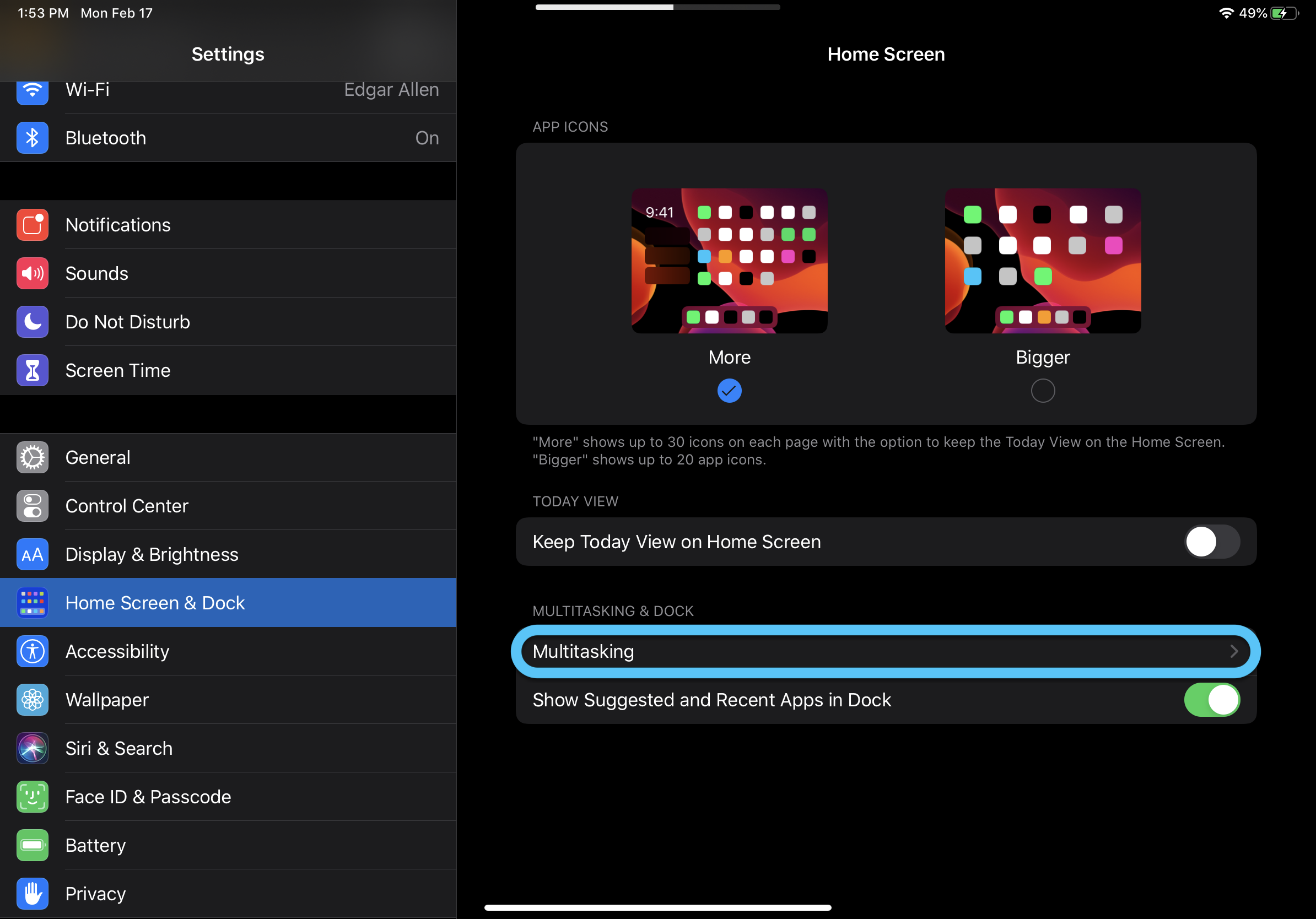
One final hint: If you remove something from this list and it’s still coming back, be sure that you’re not allowing apps to relaunch themselves when your machine starts up again. When you choose that, a Finder window will launch and reveal where the item lives, which can give you important clues as to its function.Īnother good thing to do before you remove a login item would be to do a Web search for its name, which might pinpoint which application is using it.

You can get some hints on what these login items are pointing to by right- or Control-clicking on any of them and picking Show in Finder.

Note, though, that if you don’t recognize something within this list, it’s best not to just remove it all willy-nilly, as an application may be using it for something important behind the scenes. This would be especially good to do if you find anything in your login items that’s obviously not important to have running all of the time, like Word, Pages, or Photos, for example. To stop Google Drive (or any other item in your own list), all I need to do is click once on its name to select it and then click the small minus button at the bottom of the list.Īnd then I won’t see Google Drive again unless I open it manually from my Applications folder! Hooray. I just want to stop it from automatically launching when I boot or log in. I don’t want to delete the Google Drive app from my Mac, of course. Google Drive, on the other hand, is great, but I’m not using it at the moment, and I’m getting tired of watching it sync unnecessarily after every reboot. Cloak, for example, couldn’t toggle on my VPN automatically if it didn’t launch itself when I rebooted, so it has to have permission to do that. If you’re running an older version of OS X, look for the option labeled Accounts instead.įrom the Users & Groups (or Accounts) window, first select your user account from the list on the left, and then click the Login Items tab on the right side of the window.Īs you can see, I have quite a few things set to open when I log in, all of which are required by their individual programs in order for things to work. When the System Preferences window opens, click on Users & Groups. You can launch System Preferences from the Apple Menu in your menu bar at the top-left corner of your screen, by clicking the System Preferences icon in your dock, or by searching for it with Spotlight. I know, I know, waiting for thirty seconds while programs open isn’t the end of the world, but I’m impatient, all right? Manage Login Items in System Preferencesįirst, like most settings on your Mac, the options we need to use to manage login items are located in System Preferences. To fix that, then, let’s cover using what are called login items to stop programs from launching automatically on the Mac. If you’ve got an app that’s opening every time you restart your Mac, how do you stop it? After all, it’s pretty frustrating to have to deal with your computer taking forever to reboot just because it feels the need to open 47 programs when you log back in.
#Mac stop application sliding mac#
One really has to salute Apple for thinking of all this.How to Stop Apps from Launching Automatically on Your Mac

That's also a subject beyond the scope of this simple Quick Tip. However, there are apps that provide that functionality for those who have jailbroken their iPhone. Perhaps Apple feels that there isn't enough room on the iPhone's display to have a good experience with four fingers. You won't find this capability on the iPhone. Personally, I have found some of those gestures tricker to use and easy to conflict with the four finger gestures if one isn't very careful and exact. There are some other gestures available under General -> Accessibility, but that's beyond the scope of this article. Start with all your fingers a little bit apart and slide them to together at the same time as if you were grasping a tennis ball. Swipe downwards to hide it.ĭo a five finger pinch to return to the home screen. Remember, it's always wise to keep your finger gestures confined to your iPad.Įnabling Multitasking Gestures also allows you to:ĭo an upwards swipe with four fingers to reveal the multitasking bar.

You'll see this as the apps slide right and left. You can swipe as slow or as fast as you want, but four fingers must be touching the display. Now you can use four fingers to swipe left or right between apps. Scroll down to Multitasking Gestures and turn them on. The apps will slide into view in the same order that they appear in the multitasking bar you get when you double-click the Home button. If you have Multitasking Gestures turned on with your iPad or iPad mini, you can use a four finger swipe to switch sideways between apps.
#Mac stop application sliding how to#
What if you could just swipe sideways to switch between apps on your iPad? Well, you can! Here's how to perform this most innocent of finger gestures.


 0 kommentar(er)
0 kommentar(er)
